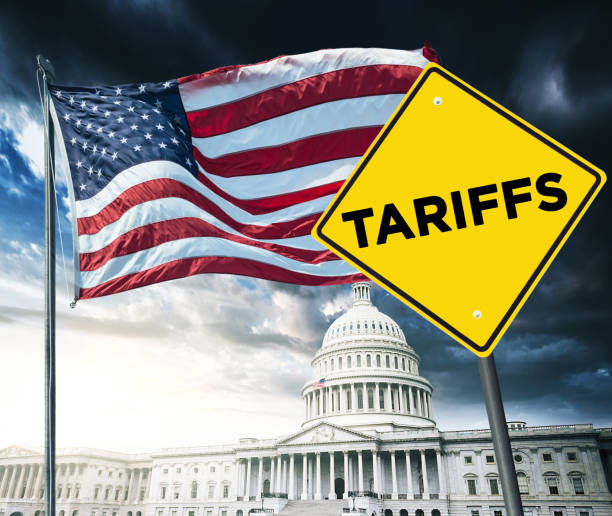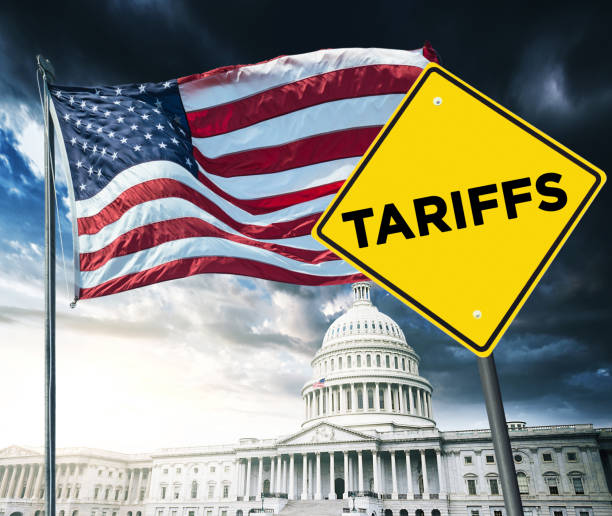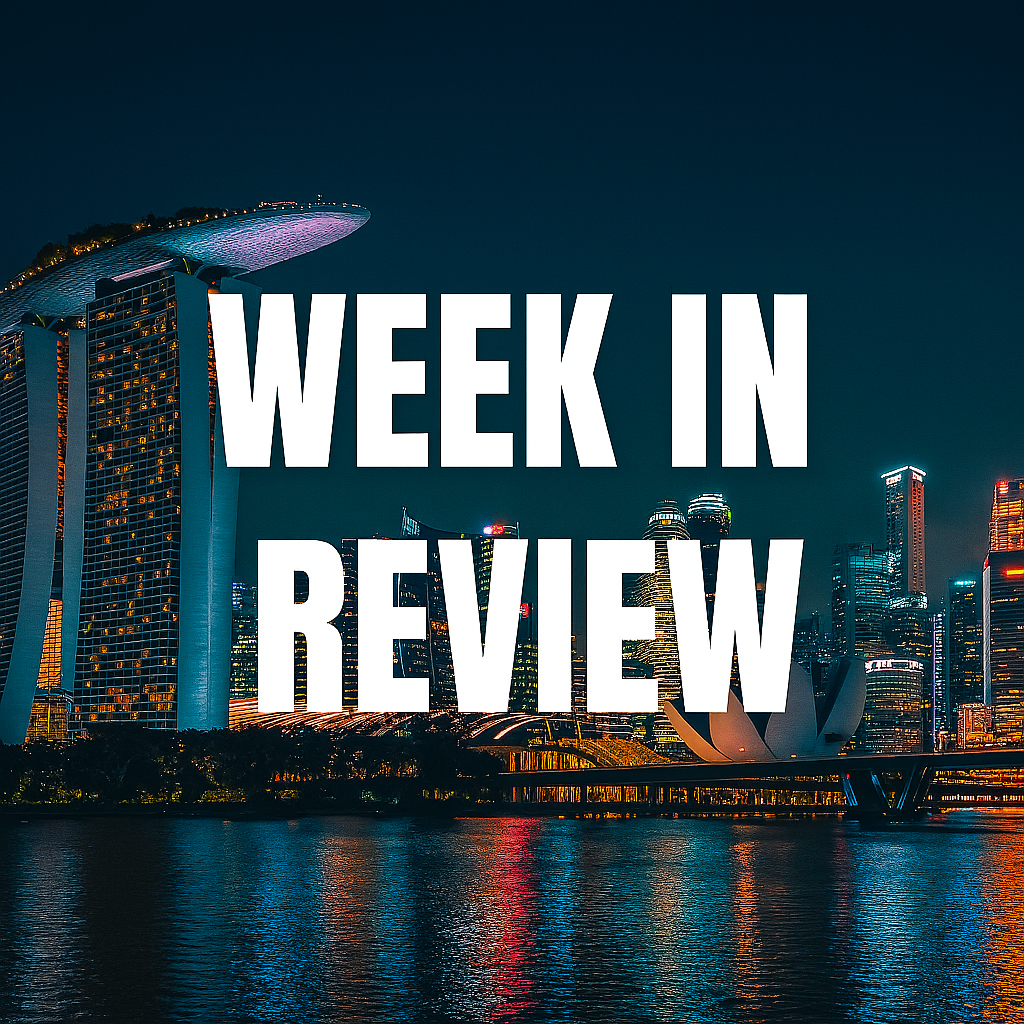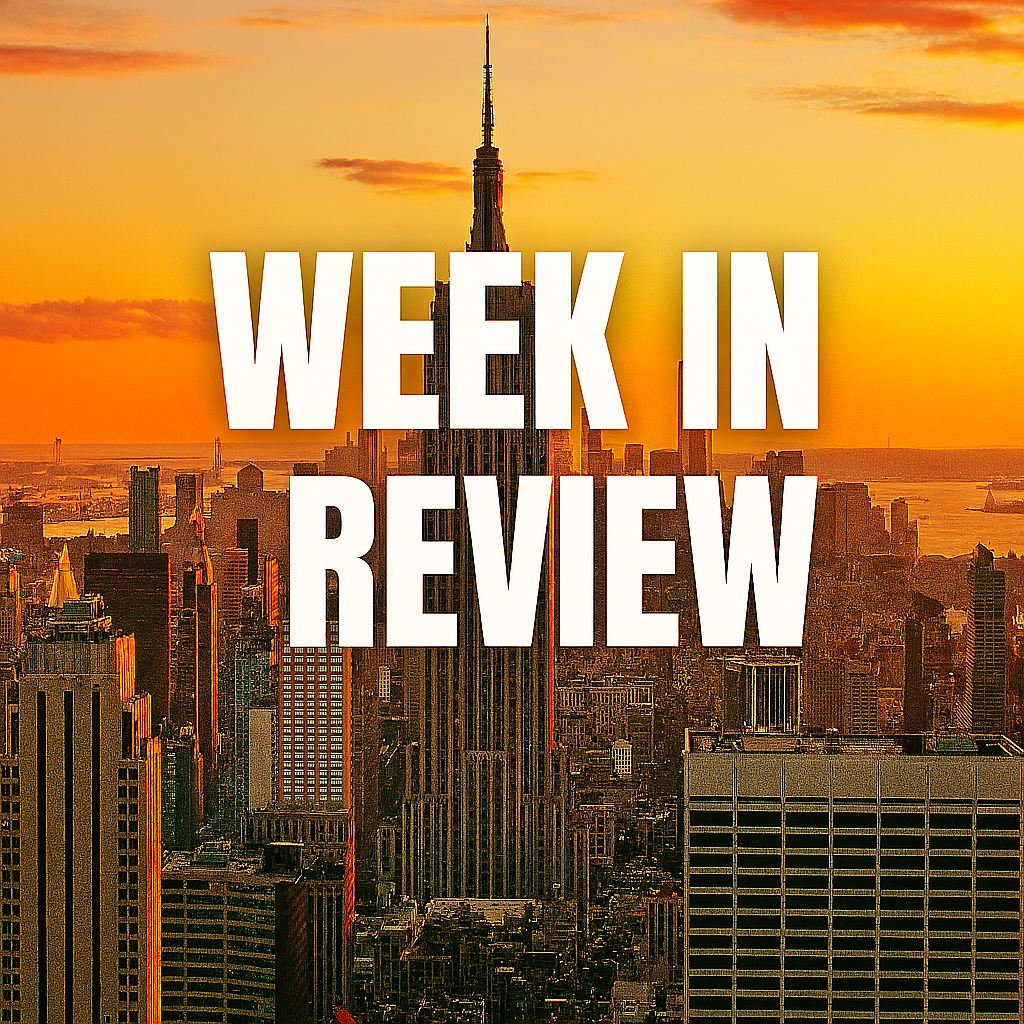
Trade tariffs have long been a tool used by U.S. presidents to protect domestic industries, negotiate trade deals, and influence global economic dynamics. Trump’s permanent 10% baseline tariff aligns with past protectionist policies but also differs in key ways.
1. The Smoot-Hawley Tariff Act (1930)
One of the most infamous tariff policies in U.S. history, the Smoot-Hawley Tariff Act imposed high duties on imports in an effort to protect American farmers and businesses during the Great Depression. However, it triggered retaliatory tariffs from other countries, exacerbating global economic turmoil.
Comparison: Unlike Smoot-Hawley, Trump’s tariffs are set at a fixed 10% baseline and allow for exemptions through trade agreements, potentially preventing the kind of widespread retaliation seen in 1930.
2. Reagan’s 1980s Tariffs on Japanese Imports
President Ronald Reagan implemented targeted tariffs on Japanese electronics and automobiles to counter trade imbalances. The policy included voluntary export restraints negotiated directly with Japan, limiting the number of Japanese vehicles entering the U.S.
Comparison: Reagan’s approach was highly selective, focusing on specific industries, whereas Trump’s policy applies broadly to all imports. However, both strategies aimed to strengthen American manufacturing.
3. Trump’s First-Term Tariffs (2018-2020)
During his first presidency, Trump imposed steep tariffs on China, citing unfair trade practices. The U.S.-China trade war led to countertariffs and strained relations between the two economic superpowers.
Comparison: While the 2018 tariffs were targeted at China, Trump’s 2025 policy establishes a global baseline—affecting all imports unless exemptions are granted.
Potential Impacts Based on History
- Risk of Retaliation: As seen in Smoot-Hawley and the U.S.-China trade war, trade partners might respond with countermeasures, impacting American exporters.
- Boost in Domestic Production: Similar to Reagan’s policies, a protected market could encourage American manufacturers to expand.
- Consumer Price Concerns: Like past tariff policies, price hikes on imported goods could impact consumers, especially if businesses pass costs onto buyers.
Whether Trump’s tariff policy will strengthen or strain the economy remains uncertain. Its long-term success may depend on how trade partners react and whether exemptions create favorable agreements.




